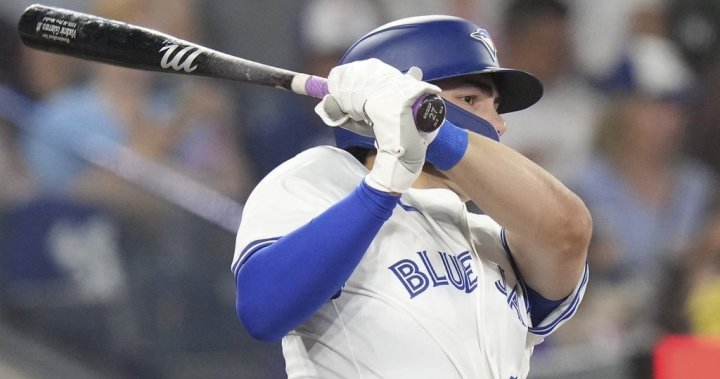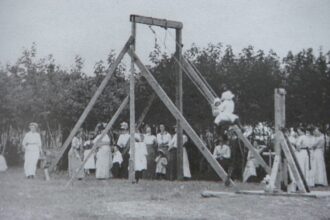In baseball, as in life, resilience often emerges from unexpected places. The Toronto Blue Jays’ recent surge—winning eight of their last ten games—offers a compelling narrative about adaptation and the unpredictable nature of a 162-game season. What makes this streak particularly fascinating isn’t just the wins accumulating in the standings, but the faces behind them.
When the Blue Jays lost Vladimir Guerrero Jr. to injury, conventional wisdom suggested a team already struggling offensively would collapse. Instead, we’ve witnessed the beautiful unpredictability that makes baseball the thinking person’s game. Players previously relegated to supporting roles have stepped forward with performances that demand recognition.
Take Addison Barger, the 24-year-old infielder whose major league journey began just this May. His recent performance—including multi-hit games and timely RBIs—represents more than just statistical contributions. It symbolizes the organization’s capacity to develop talent and the mysterious alchemy that transforms prospects into producers under pressure.
“When you see guys that come up, sometimes the moment can be big,” Blue Jays manager John Schneider noted with understated precision. “He doesn’t play like that.”
This observation captures something essential about athletic performance at the highest level—the mental game often determines success more than physical tools. Barger’s composed approach suggests a player performing beyond his experience level, embodying the next-man-up philosophy that sustains winning organizations.
The Blue Jays’ resurgence also highlights baseball’s beautiful complexity. While analytics dominate contemporary discussions of the sport, this winning streak reminds us that intangibles still matter. The energy of Spencer Horwitz, who has delivered clutch hits while maintaining a .282 average, brings an element statistics struggle to quantify—momentum and belief.
What’s particularly striking about Toronto’s recent success is its timing. Coming after a period when the team appeared directionless, this streak has reframed the narrative around the 2024 Blue Jays. Are they sellers at the trade deadline? Potential wild card contenders? The answer remains unwritten, which makes each game a chapter in an evolving story rather than a foregone conclusion.
The streak also underscores the value of organizational depth—a factor often overlooked in preseason analyses that focus on star power. When Guerrero, Kevin Kiermaier, and Daulton Varsho missed time, Toronto didn’t collapse. Instead, players like Nathan Lukes stepped forward, with his recent three-hit game against Baltimore exemplifying the contributions coming from throughout the roster.
For Toronto fans, this winning stretch offers something beyond mere entertainment—it provides perspective. Baseball’s long season demands patience, a virtue increasingly rare in our instant-gratification culture. The team widely dismissed in May could, with continued success, find itself in meaningful games come September.
The Blue Jays’ resilience also raises fascinating questions about team construction. While baseball operations departments increasingly build around superstars, Toronto’s current success without Guerrero suggests alternative models might deserve consideration. Perhaps the depth-focused approach has merits beyond just insurance against injuries.
As this team continues navigating its season, the emerging storylines extend beyond wins and losses. We’re witnessing young careers taking shape, organizational philosophies being tested, and the beautiful unpredictability that makes sports compelling even in a data-saturated era.
Will this winning streak represent a turning point or merely a pleasant interlude in a challenging season? The answer remains to be written by the players themselves, particularly those who have seized their unexpected opportunities. For now, Blue Jays fans can enjoy a team that reminds us why we watch sports in the first place—to be surprised, delighted, and occasionally, against all reasonable expectations, inspired.
For more analysis on the cultural impact of sports in Canada, visit CO24 Culture or explore emerging trends in professional sports at CO24 Trends.









